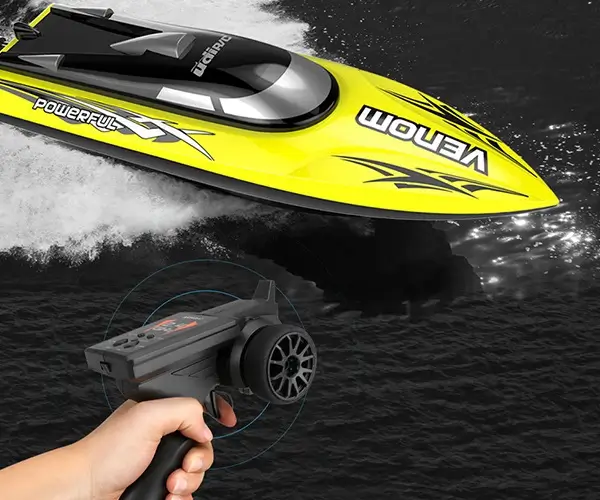The Dawn of Wireless Automation: Why Control Servo Motors with Bluetooth and Arduino?
In today’s world, where connectivity is king, the ability to control machines and devices wirelessly has opened up a universe of possibilities. From smart home gadgets to robotics and interactive art installations, Bluetooth technology acts as the invisible thread weaving these innovations into reality. At the heart of many such DIY projects is Arduino — a versatile, beginner-friendly microcontroller — paired with servomotors, which are the workhorses that translate electronic signals into precise mechanical movement.

Why then, combine Bluetooth, Arduino, and servos? Imagine controlling your robotic arm from across the room just by tapping on your smartphone, or creating a remote-controlled camera rig for your outdoor adventures. The answer lies in the marriage of simplicity and flexibility: Bluetooth offers a low-cost, low-energy wireless link that requires minimal setup, while Arduino provides an accessible platform to implement complex control logic without excessive coding expertise.
Understanding the Components: The Building Blocks of Your Wireless Servo Project
Before diving into the wiring and programming, it’s important to understand the core components involved:
Arduino Board: Whether it's an Arduino Uno, Nano, or Mega, this microcontroller serves as the brain of your project, receiving commands and sending signals to the servo motor.
Servo Motor: A servo is a rotary actuator, often used for precise position control, and is commonly employed in robotics, RC vehicles, and automation systems. They can rotate to a specific angle within a range, controlled by pulse-width modulation (PWM).
Bluetooth Module (HC-05 or HC-06): This is the wireless bridge that enables communication between your smartphone or computer and the Arduino. These modules are cost-effective and easy to operate via serial communication.
Smartphone or Bluetooth-enabled Device: Serving as the remote control, your device runs an app, or a simple interface, to send commands wirelessly to the Arduino.
Understanding how these pieces come together, let’s look at the typical workflow of the project:
Wireless Command Transmission: Using a smartphone app (which can be as simple as a Bluetooth terminal app) to send commands like "0," "45," "90," representing angles for the servo.
Data Reception: The Bluetooth module receives these commands and relays them to the Arduino via serial communication.
Signal Processing & Control: The Arduino interprets the received commands, calculates the required PWM signals, and directs the servo to move to the specified position.
Mechanical Action: The servo executes the command, moving to the precise angle, completing the wireless control loop.
Setting the Stage: Hardware and Software Preparations
Getting started on your Bluetooth-controlled servo project requires some initial setup:
Gathering Hardware: You’ll need an Arduino, Bluetooth module (HC-05 recommended for ease of use), servo motor, breadboard, jumper wires, and a power source.
Installing Arduino IDE: The programming environment where you’ll write and upload your code.
Connecting the Components: Proper wiring ensures smooth communication. Bluetooth's TX connects to Arduino's RX, and RX connects to TX (with voltage considerations), while power lines connect to run the modules.
Programming the Arduino: Write code that listens for serial input from Bluetooth, parses commands, and moves the servo accordingly.
In the upcoming section, we’ll explore detailed wiring schemes, sample code snippets, and troubleshooting tips to turn this blueprint into a working prototype.
Practical Applications and Creative Ideas
Imagine the endless uses of a Bluetooth-controlled servo system. You might craft a robotic arm that you can control via your phone, perfect for educational demonstrations or even small automation tasks. Or, consider a remote-controlled model car with adjustable steering via Bluetooth. Artists could develop interactive sculptures that respond to your smartphone commands, creating dynamic physical art.
Furthermore, integrating sensors or feedback loops can elevate your project into a smart system — for instance, adding a camera feed that responds to the servo's positions, or using sensors to automate responses based on environmental inputs. The possibilities stretch as wide as your imagination, with Bluetooth control acting as an accessible and versatile enabler.
Leveraging innovations in modular drive technology, Kpower integrates high-performance motors, precision reducers, and multi-protocol control systems to provide efficient and customized smart drive system solutions.




































